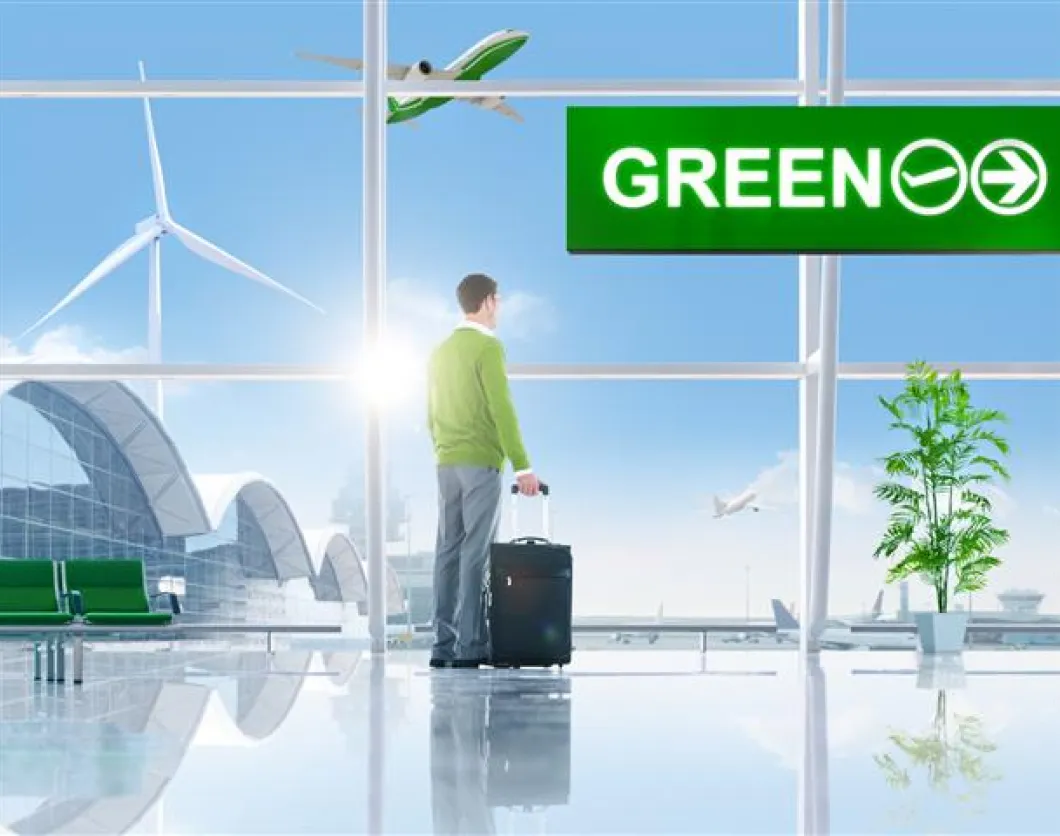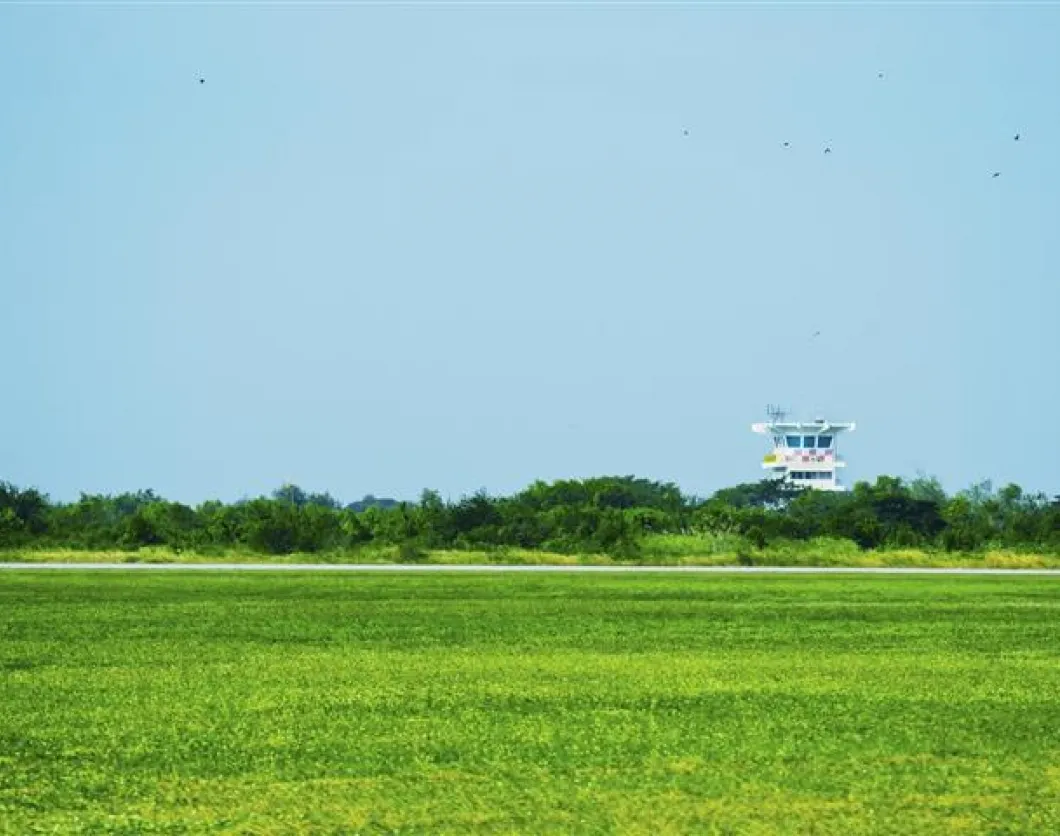The aviation industry is responsible for roughly 2 or 3 percent of the total greenhouse gas emissions. While not a large figure, the constant increase in air traffic is bound to reveal a higher percentage soon enough. International regulations in order to thwart emissions haven't been implemented yet, since they would limit the profits.
Brighter Report has compiled a list that presents the top greenest airlines in the world. The criteria used include the numbers of passengers and seats, the age of the planes (older aircraft consume more kerosene), freight share and the distance of flights (since taking off and landing eat through much more fuel than cruising at high altitude).
While this classification shows low-cost companies as the greenest, that trend is bound to change. Other airlines like United, or KLM, or Alaska Airlines, make great efforts to ensure a healthier future for our planet and, most often, they have more to invest in it. Here come the world’s greenest airlines.
10. Alaska Airlines
For Alaska Airlines, these rankings, which were devised in 2011, acted as a wake-up call. Since then, the airline has shown great transparency when it comes to both their CO2 emissions and activities. They launched a program in 2012 that reveals their intent to bring their carbon footprint down. They plan to do so by respecting the Brighter Planet criteria but also improving on others, like using resources on board of the plane and waste management. They purchased 50 new aircraft and plan to lower emissions by a fifth until 2020.
9. Delta
Delta is yet another example of an airline that won't yet get with the times. There's a lot more it could do for bettering the environment but it seems they can't be bothered about it. Their development strategy remains a mystery in that regard, as proven by their own official website.
8. American Airlines
Even though their fleet is quite new and their aircraft more environmental-friendly, American Airlines does little else to decrease their CO2 emissions. To be fair, one such attempt has been made as the company partnered up with Dallas Airport in an effort to lower the carbon footprint.
7. KLM
While this company sports a rather aged aircraft fleet and quite a bunch of empty seats during flights, there is hope for the better. Together with Air-France, KLM aims to reduce emissions by five-hundred thousand tons by the year 2020, which amounts to about 10 percent of its total.
6. Jetblue
A low-cost airline from the U.S., Jetblue uses newer aircraft than most other companies. They take distance optimization seriously when it comes to flights and do their part in regards to freight-share. While not in the top three. Jetblue is certainly far from the worst ones out there when it comes to greenhouse gas emissions.
5. United Airlines
This airline seems genuinely interested in reducing its emissions. They launched the Eco-Skyes program in 2013 in an attempt to find alternative fuels and they began using biofuels in 2015. Their fleet has also gotten some new additions that are much friendlier to the environment.
4. Continental Airlines
This airline's flights are not only filled to the brim but also long-haul and almost around the clock, a good reason to rank them on the fourth place, along with the normal density of seats and a rapidly aging fleet. Even with so many things going against them, Continental airlines still manages to come out ahead of many other airlines due to their fuel management.
3. Easy Jet
Much like Ryan Air, this airline prioritizes cost optimization. Seat density, the consumption of fuel and policy regarding luggage are all crucial for the company. Easy Jet's plane fleet isn't as new as the ones of Cathay Pacific or Ryan Air, and that's the sole reason why this airline comes in third.
2. Cathay Pacific
An airline from Hong Kong, Cathay Pacific sports the newest aircraft fleet and thus generates the least amount of emissions. Their flights are long-haul, they optimize seat density and they also do freight share, taking other cargo for a maximum of a third of their full capacity.
1. Ryan Air
Since Ryan Air is a low-cost company, the policies regarding luggage weight are rather strict. They manage to often fly with most, if not all, of their seats occupied by passengers which means there's little waste of fuel. Their pilots are in command of Airbus A319 aircraft, a newer model that makes better use of kerosene.













Ryanair fly Boing 737-800 series and have never used Airbus.
Easyjet fly A319.